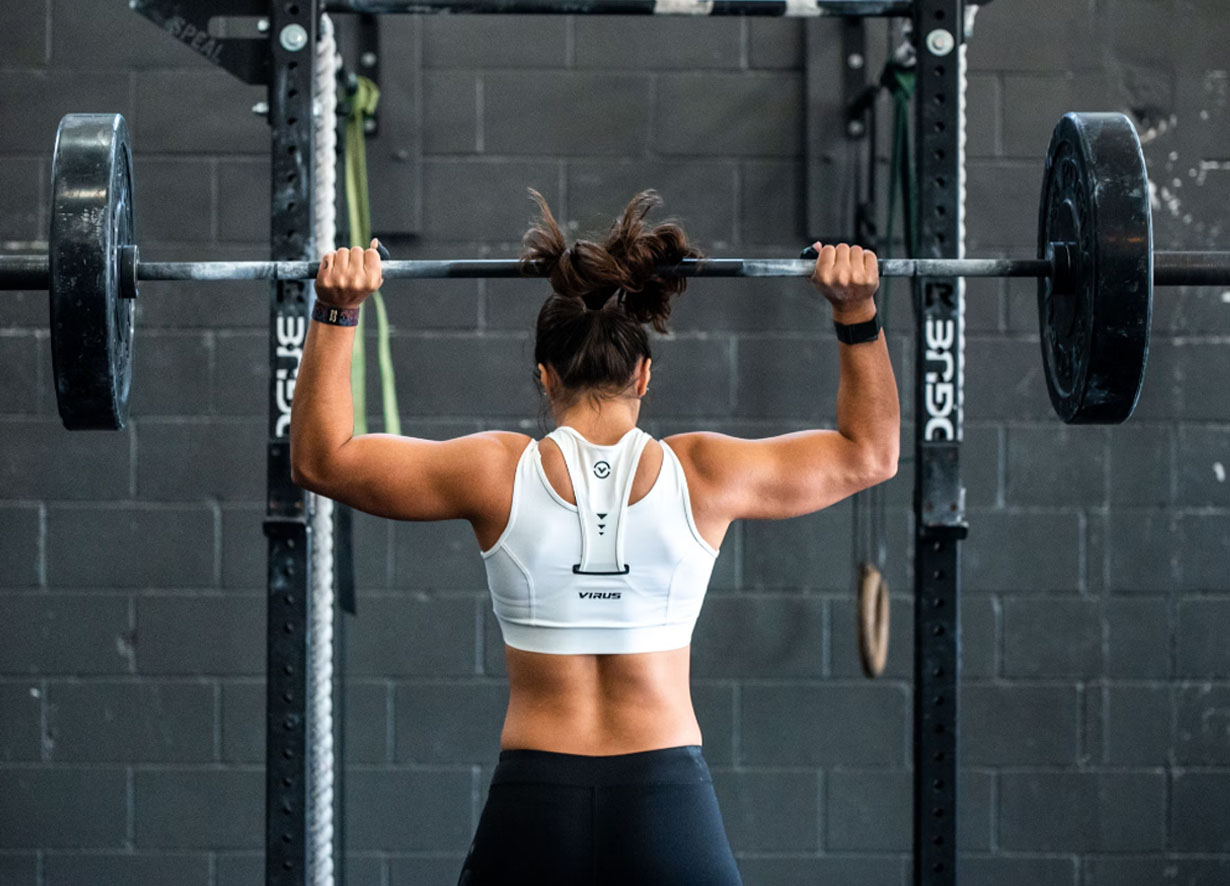Mastering Powerlifting: The Importance of Weight Training
Powerlifting, a competitive strength sport, requires athletes to showcase their maximum strength in three key lifts: the squat, bench press, and deadlift. While technique and skill play crucial roles in powerlifting success, weight training serves as the foundation for building the strength and muscle mass necessary to excel in these lifts. In this article, we’ll delve into the world of powerlifting and explore the importance of weight training in mastering this demanding sport.
Understanding Powerlifting:
Powerlifting is not just about lifting heavy weights; it’s about mastering three specific lifts with precision and control:
Squat: The squat targets the muscles of the lower body, including the quadriceps, hamstrings, glutes, and lower back. It involves lowering the body into a deep squat position and then driving the weight back up to a standing position.
Bench Press: The bench press primarily targets the muscles of the chest, shoulders, and triceps. It involves lying on a flat bench and pressing a loaded barbell away from the chest until the arms are fully extended.
Deadlift: The deadlift targets the muscles of the posterior chain, including the hamstrings, glutes, lower back, and grip muscles. It involves lifting a loaded barbell from the floor to a standing position, using a hip hinge movement pattern.
The Role of Weight Training:
Weight training serves as the cornerstone of powerlifting training, providing the strength and muscle mass necessary to excel in each of the three lifts. Here’s how weight training contributes to powerlifting success:
Builds Strength: Heavy compound exercises such as squats, bench presses, and deadlifts are the bread and butter of powerlifting training. These exercises target multiple muscle groups simultaneously and allow athletes to lift heavier weights, leading to significant gains in strength over time.
Increases Muscle Mass: Weight training promotes hypertrophy, or muscle growth, by subjecting muscles to progressively heavier loads. Building muscle mass is essential for generating power and force in the squat, bench press, and deadlift, as well as providing stability and support during the lifts.
Improves Technique and Form: Weight training allows athletes to refine their technique and form in each of the powerlifting lifts. Practicing proper form with submaximal weights helps engrain motor patterns and movement mechanics, leading to more efficient and effective lifting technique.
Enhances Power and Explosiveness: Powerlifting requires not only strength but also power and explosiveness. Weight training exercises such as power cleans, box jumps, and plyometric movements help develop explosive strength, which translates to greater speed and force production in the powerlifting lifts.
Sample Weight Training Program for Powerlifting:
A typical weight training program for powerlifting may include the following components:
Squat Day: Heavy squats, followed by assistance exercises such as lunges, leg presses, and Romanian deadlifts.
Bench Press Day: Heavy bench presses, followed by assistance exercises such as dumbbell presses, triceps extensions, and chest flyes.
Deadlift Day: Heavy deadlifts, followed by assistance exercises such as Romanian deadlifts, bent-over rows, and pull-ups.
Accessory Work: Additional exercises targeting weak points or imbalances, such as core work, grip training, and mobility exercises.
Conclusion:
Weight training is essential for mastering powerlifting, providing the strength, muscle mass, and technical proficiency necessary to excel in the sport. By incorporating heavy compound exercises, assistance exercises, and accessory work into their training programs, powerlifters can build the strength, power, and explosiveness needed to achieve their maximum potential in the squat, bench press, and deadlift. With dedication, consistency, and proper programming, athletes can elevate their performance and reach new heights in the competitive world of powerlifting.

